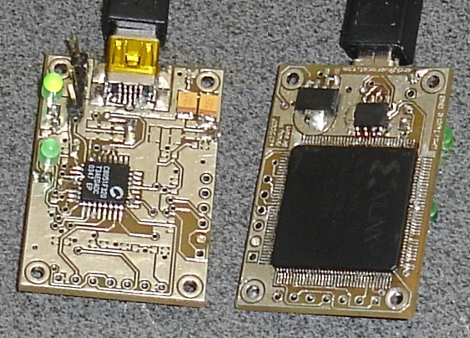
Your brain can’t generate random numbers, and computers can’t either. Most of the ‘random’ numbers we come across in our lives are actually pseudorandom numbers; random enough for their purpose, but ordered enough to throw statistical analyses for a loop. [Giorgio] thought generating random sequences would make for an excellent project, so he whipped up a random sequence generator out of a few Opamps, resistors, and a handful of caps.
[Giorgio] used a Chua Circuit – a circuit that models nonlinear equations – to create a chaotic system. When pairs of points from these systems of equations are plotted on a graph, a fabulous and chaotic ‘double scroll’ pattern (seen above) can be found. After taking oscilloscope probes to different points on his Chua circuit, [Giorgio] watched chaos magically appear on his ‘oscope screen.
The double scroll pattern isn’t exactly random, but since the Z signal of his circuit chaotically varies between positive and negative, the only thing needed to create a random sequence of 1s and 0s is sending the Z signal through a comparator.
After calibrating and sampling his circuit [Giorgio] captured thousands of samples at a rate of 5 samples per second. From a cursory glance, it looks like [Giorgio]’s circuit is at least as good as flipping a coin, but proper tests for randomness require many more samples.
A very, very cool piece of work that is much, much more elegant than getting random bits from a Geiger counter.

















